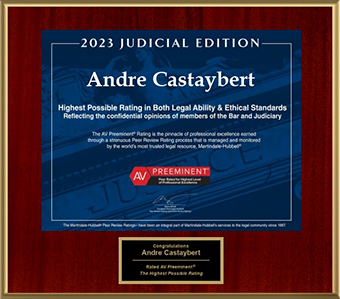Breaking Impasse and Closing the Deal: Conditional Offers and Alternative Demands
February 14, 2024
When negotiations stall due to high plaintiff demands or low defendant offers, using conditional offers and alternative demands can help break the impasse. These strategies allow parties to adjust their positions without committing firmly to specific figures, keeping the dialogue open and avoiding impasse.
Conditional offers are often referred to as bracketed proposals: “I will move to X, but only if you move to Y.” This allows the proposing party to signal a willingness to advance negotiations without committing to a number unless the gesture is reciprocated. If the bracket is accepted, X and Y become fixed numbers (no longer conditional), and the proposing party takes the next step.
When presented with a conditional offer, the receiving party typically has four potential responses:
- Accept the bracket, moving the bracketed numbers and prompting the proposing party to make the next move.
- Reject the concept of brackets and request a firm offer instead.
- Counter with a different bracket, initiating a series of bracketed proposals.
- Reject the concept of brackets and respond with a firm offer.
While the goal is for parties to accept the conditional offer or bracketing, even if the parties refuse the concept of bracketing, introducing the bracketing strategy may revitalize negotiations. For instance, if parties have been negotiating above ten million dollars and below one million dollars, a conditional offer from the plaintiff could suggest a seven-digit area for the defendant to consider. Once brackets are established, negotiations can proceed within the brackets, leading to expedited agreement.
Another option for advocates and parties to consider is an alternative demand or offer. For instance, if there is an offer of $500,000 in response to a demand of $3 million, the plaintiff can present an alternative demand: the defendant can choose between an unconditional demand of $2.5 million in response to the $500,000 offer, or a conditional demand reducing the demand to $2 million if the defense offers $1 million. Here, the defendant’s options are more limited, but the essence lies in the messaging rather than the specific numbers.
Employing these strategies can inject new energy into negotiations and help you and your client avoid impasse and move towards a resolution.
To read how Castaybert PLLC can assist you with mediation, click here.









